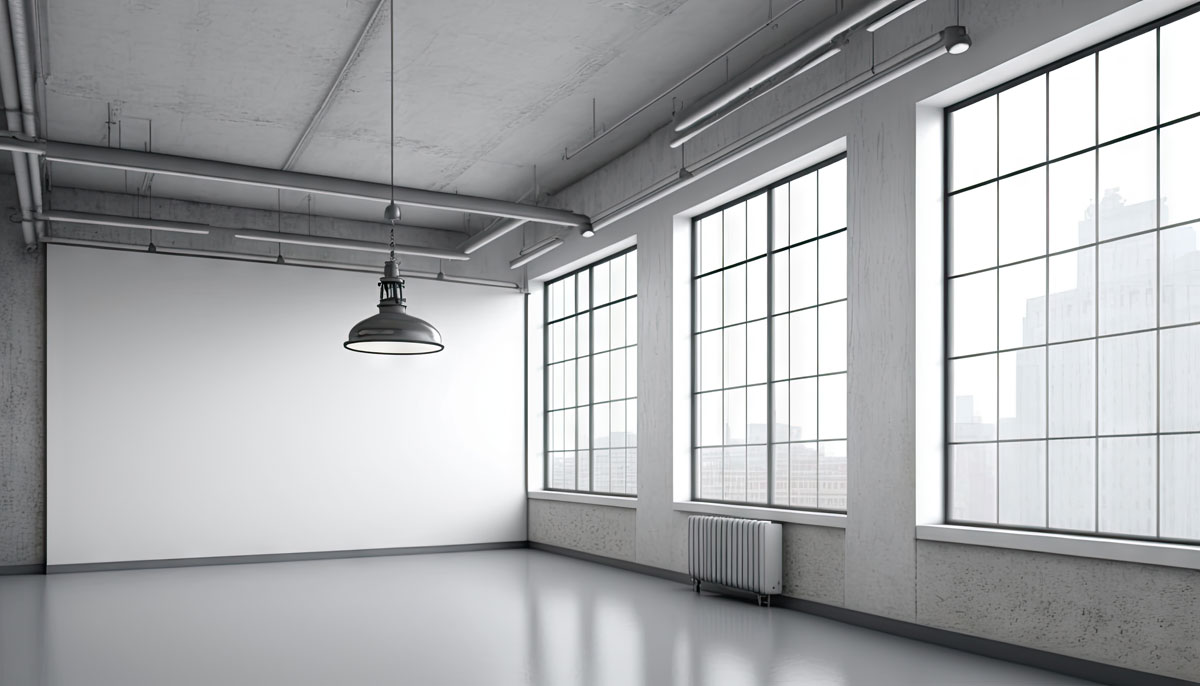From Neglected Workplaces to Vibrant Hubs of Creativity and Collaboration
Summary: This article explores the anticipated changes in office environments in 2023 as companies continue to adapt to evolving work trends and employee preferences. We discuss how offices will transform from neglected workspaces to vibrant and engaging environments, focusing on aspects such as design, technology, and sustainability. Through examples and insights, we reveal the future of offices and how they will be spruced up to meet the needs of the modern workforce.
Introduction: The Office Renaissance in 2023
As the world continues to adjust to the new normal, companies are reevaluating the role of the office in the modern work landscape. In 2023, offices will undergo a transformation from neglected workspaces to vibrant hubs of creativity, collaboration, and innovation. In this article, we delve into the key factors driving this change, and how offices will be spruced up to meet the evolving needs of the workforce.
- Office Design: Prioritizing Flexibility and Collaboration
In 2023, office design will focus on creating spaces that encourage flexibility and collaboration, providing employees with a variety of work settings to suit their needs.
Example: Companies like Microsoft are embracing activity-based working (ABW) designs, which provide employees with a range of workspaces, such as open-plan areas, private offices, and informal meeting spaces, to cater to different work styles and tasks.
Proof: A study by the architecture and design firm Gensler found that employees in ABW environments report higher levels of satisfaction and productivity compared to those in traditional office layouts.
- Biophilic Design: Bringing Nature into the Office
Incorporating natural elements into office design, known as biophilic design, will become increasingly popular in 2023 as companies recognize the benefits of creating a connection between employees and the natural environment.
Example: Amazon’s Spheres, located at their Seattle headquarters, are a prime example of biophilic design in action. The Spheres feature over 40,000 plants from around the world, providing employees with a relaxing and rejuvenating workspace.
Proof: Research from the University of Exeter found that office spaces featuring plants and natural elements can improve productivity by up to 15%.
- Technology Integration: Streamlining the Office Experience
As technology continues to advance, offices in 2023 will seamlessly integrate digital tools and solutions to streamline the work experience and enhance collaboration.
Example: Cisco’s Webex Rooms are a prime example of technology integration in the workplace, providing employees with video conferencing capabilities, smart whiteboards, and collaboration tools in a single, user-friendly platform.
Proof: A survey by McKinsey found that 85% of executives believe that technology will play a significant role in shaping the future of the office.
- Sustainability: Embracing Eco-Friendly Workspaces
In 2023, sustainability will be a top priority for office design, with companies opting for eco-friendly materials, energy-efficient systems, and waste reduction initiatives.
Example: The Bullitt Center in Seattle, known as the greenest commercial building in the world, features solar panels, rainwater collection systems, and composting toilets, setting a high standard for sustainable office design.
Proof: Research by the World Green Building Council found that sustainable office design can reduce energy consumption by up to 50%, lower operating costs, and improve employee health and well-being.
- Employee Health and Well-Being: Designing for a Better Work Experience
In response to the growing emphasis on employee health and well-being, offices in 2023 will incorporate design elements and amenities aimed at improving the overall work experience and supporting employees’ mental and physical health.
Example: Deloitte’s Amsterdam office, known as The Edge, offers a wide range of well-being amenities, including a gym, meditation rooms, and a rooftop garden. The building also uses smart technology to optimize natural light and air quality, creating a healthier work environment.
Proof: A study by the Global Wellness Institute found that wellness-focused office designs can lead to a 45% reduction in employee absenteeism and a 10% increase in productivity.
- Remote and Hybrid Work: Adapting Offices to the New Normal
As remote and hybrid work models continue to gain popularity, offices in 2023 will need to adapt to accommodate the varying needs of employees who split their time between the office and remote locations.
Example: WeWork, a leading coworking space provider, offers flexible office solutions for remote and hybrid workers, providing them with access to professional workspaces and collaboration opportunities on an as-needed basis.
Proof: According to a survey by PwC, 55% of employees would prefer a hybrid work model, combining remote work with occasional office visits for collaboration and socializing.
- Social Spaces: Fostering Connections and Community
In 2023, offices will place a greater emphasis on creating social spaces that encourage informal interactions, networking, and relationship-building among employees.
Example: Airbnb’s headquarters in San Francisco features a variety of social spaces, including a communal kitchen, a living room-like space for casual meetings, and an outdoor terrace, fostering a sense of community and belonging among employees.
Proof: Research by the Harvard Business Review found that creating opportunities for social interaction in the workplace can lead to higher levels of employee satisfaction and engagement.
Conclusion: The Office of 2023 – A New Era of Workspaces
The office environment of 2023 will be a far cry from the neglected workspaces of the past. With a focus on flexibility, collaboration, sustainability, and employee well-being, offices will be transformed into vibrant, engaging spaces that cater to the evolving needs of the modern workforce. By embracing these changes, companies can create work environments that foster creativity, innovation, and connection, ensuring that the office remains a vital component of work life in the years to come.

